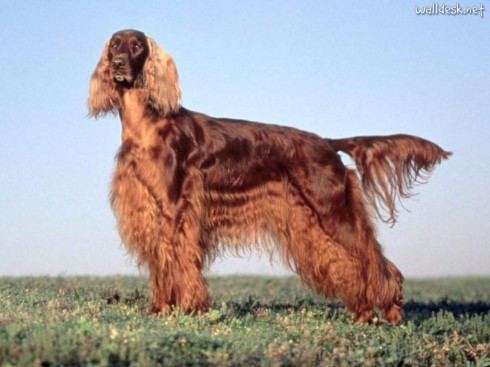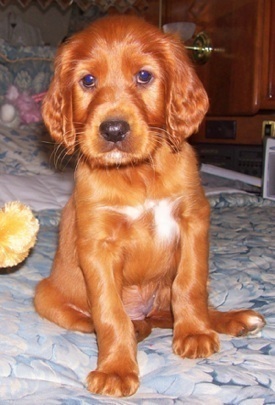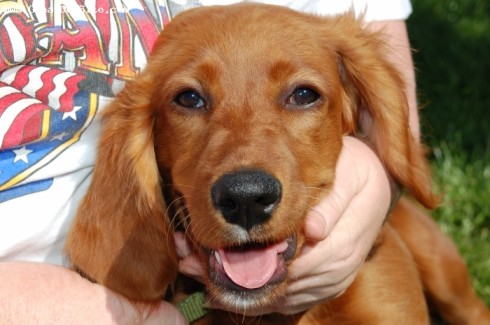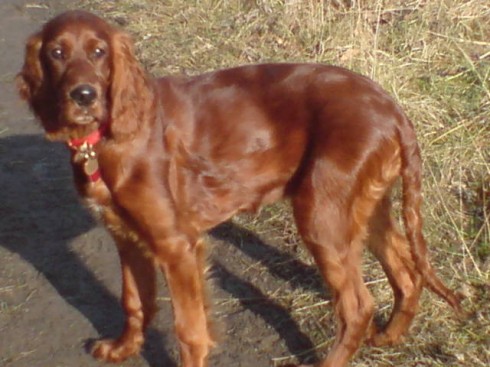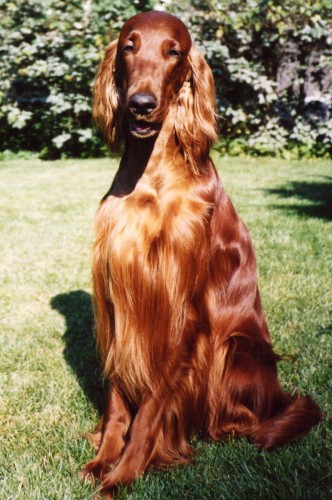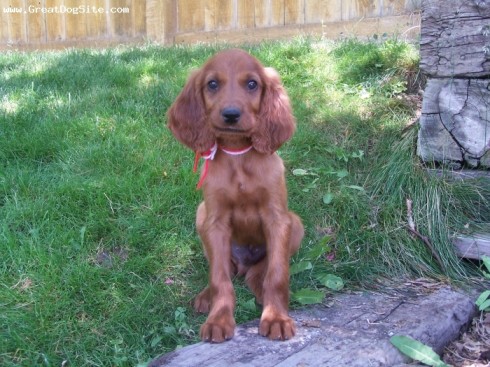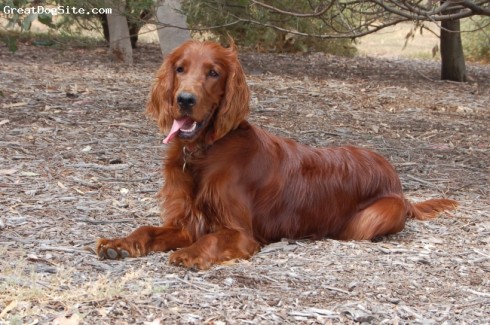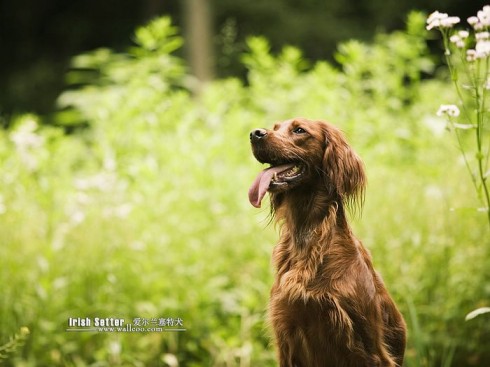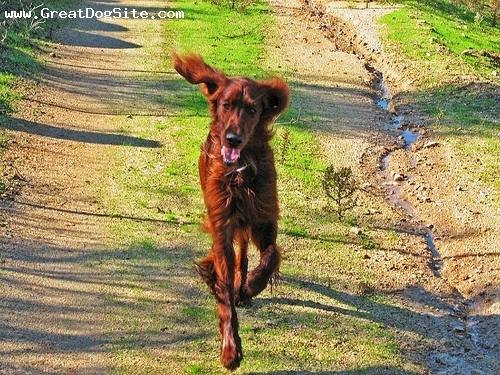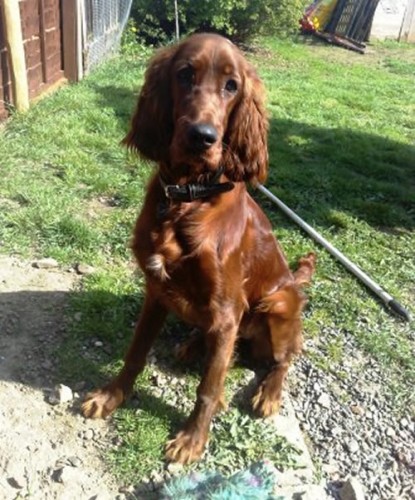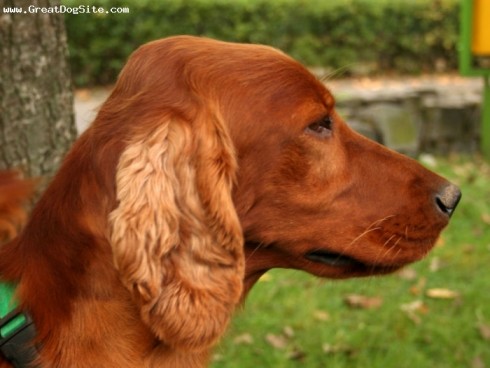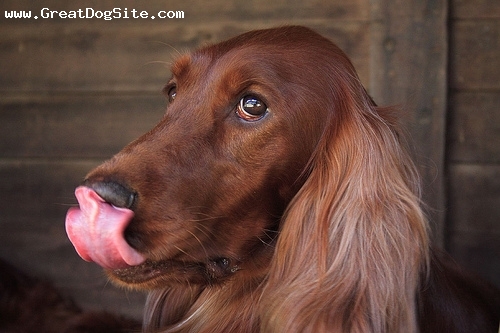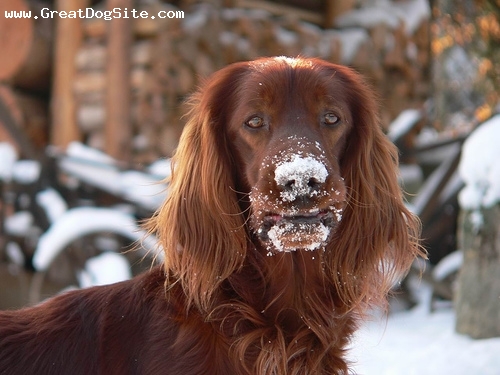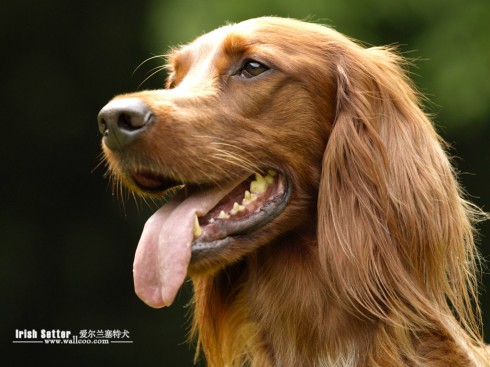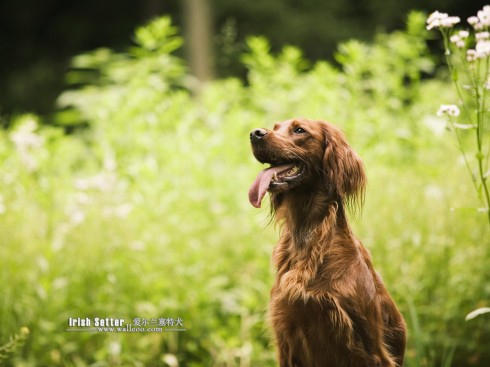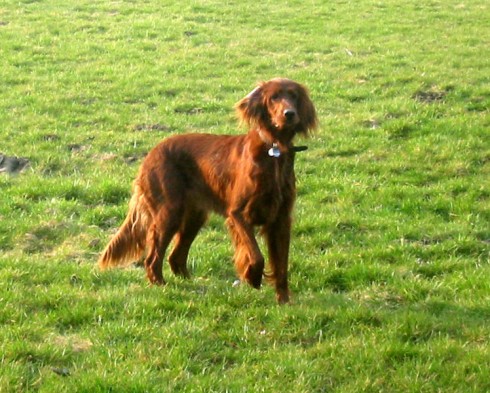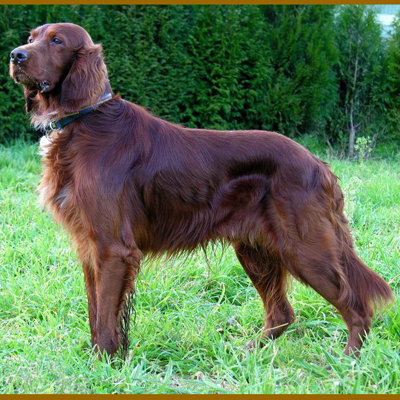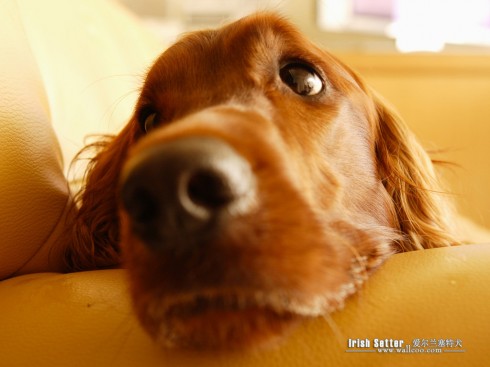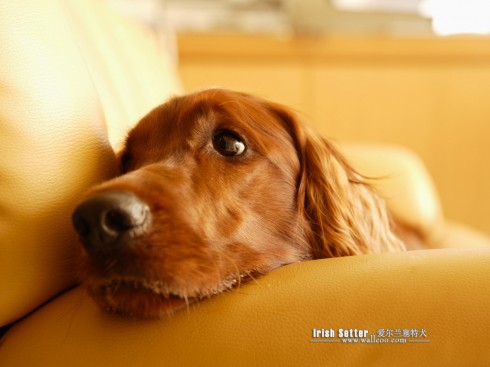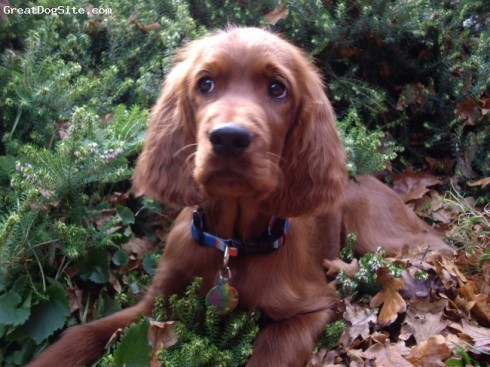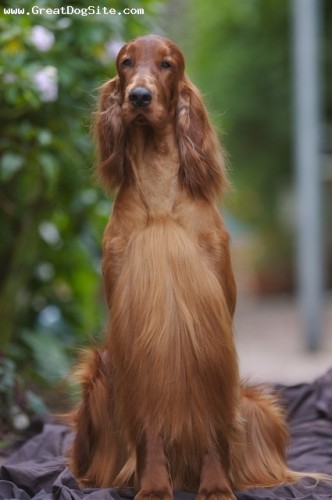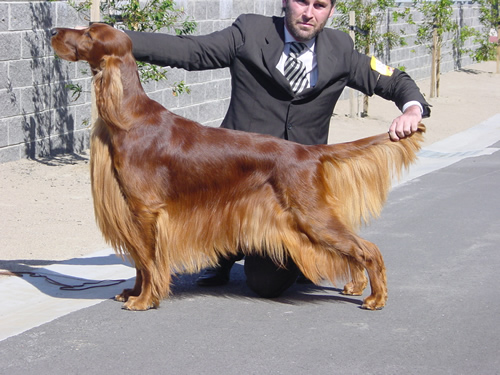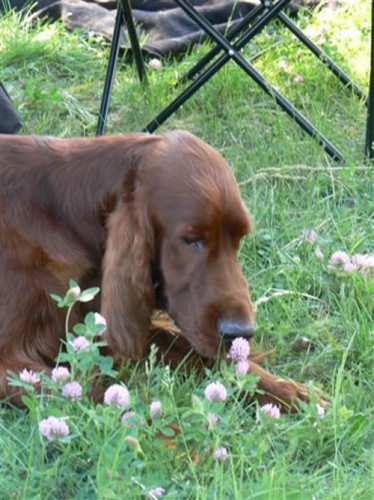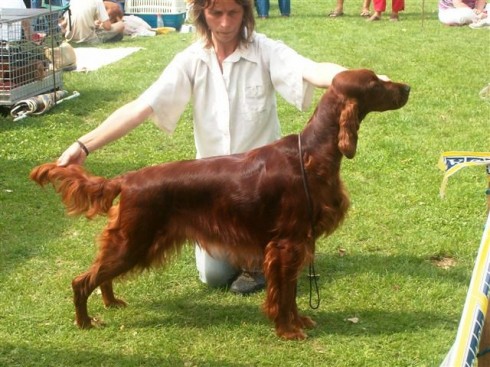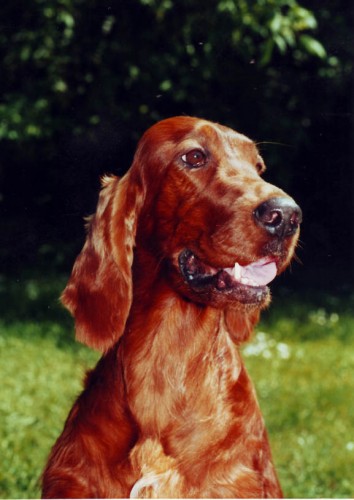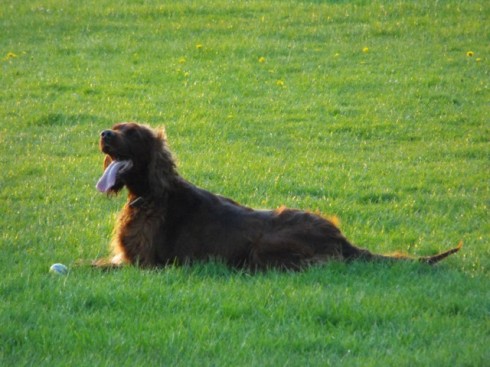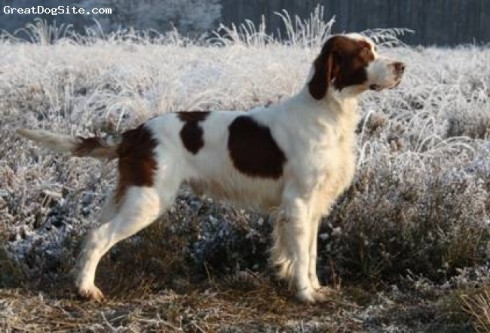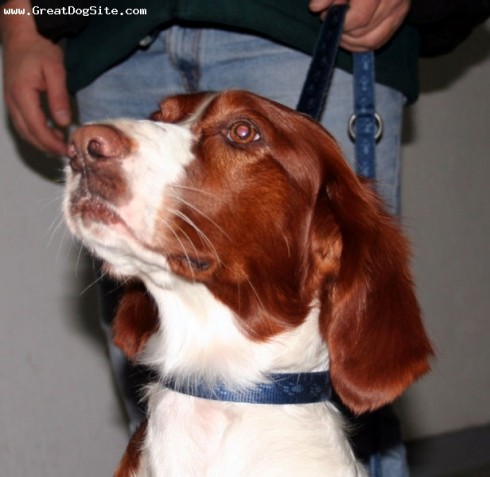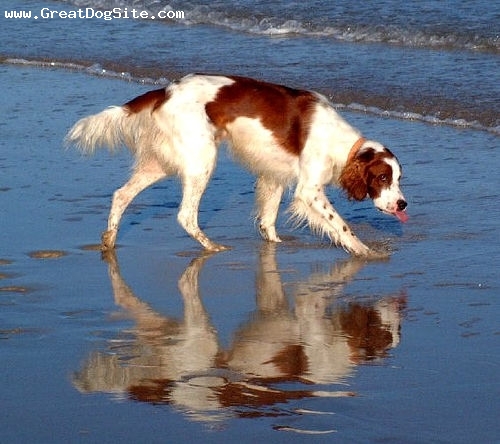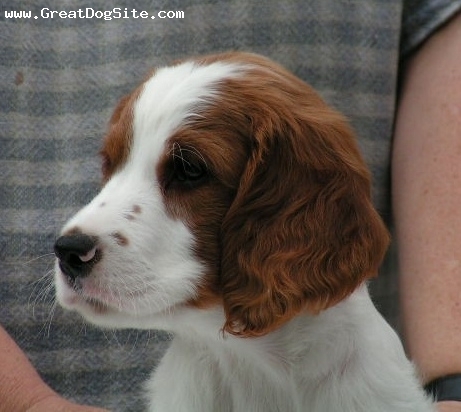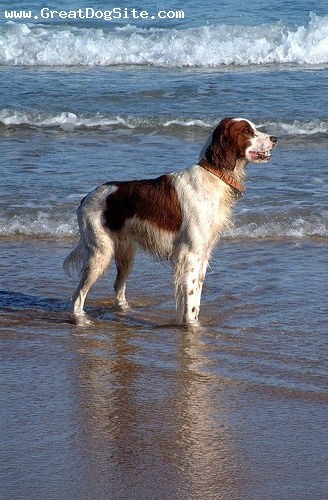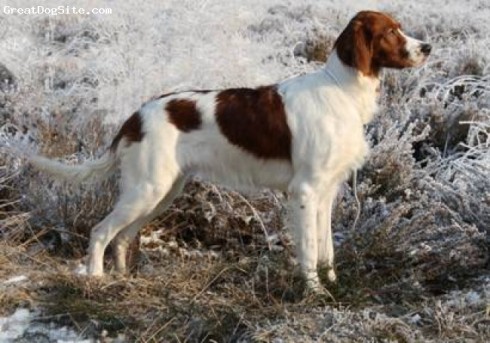Main Index
In Store
Our Web Store
Miniature Schnauzer Picture Gallery
Latest Dog Blogs
- What Are The Basic Commands To Train A Dog?
- PaySafe As The Most Popular Type Of Deposit
- Everything You Need To Know About Pet Sales
- Dogs Contribute To Our Physical And Mental Well Being
- How To Choose Where To Bet On Greyhounds In 2022
- Volunteer With Animals - How To Help Dogs Around The World
- Basic Understanding Of The House Edge
- Why You Should Get A Dog
- Top 20 Popular Dog Names Around The World
- Constipation in Dogs and How to Find Solutions
Irish Setter
Irish Setter Clubs/Associations
The Full Irish Setter Description
The Irish Setter is a likable dog: friendly, loving, loyal, and protective. He enjoys the company of children. In fact, he takes a while to grow up himself. He's usually about three years old before he settles into adulthood. He likes plenty of room to run, vigorous exercise, and loving attention.
Did you know?
The solid red Irish Setter first appeared in Ireland in the 19th century.
The earliest ancestors of the Irish Setter were not solid red, in fact, they were red and white.
The Irish Setter first became popular in the 18th century.
So you want to own an Irish Setter?
The Irish Setter's coat requires weekly attention to avoid mats.
The Irish Setter likes lots of exercise and requires long walks.
The Irish Setter is not an early developer and they frequently require more training than some other breeds.
Indicative Breed Standard
General Appearance
Must be racy, balanced and full of quality. In conformation, proportionate.
Characteristics
Most handsome, and refined in looks, tremendously active with untiring readiness to range and hunt under any conditions.
Temperament
Demonstrably affectionate.
Head and Skull
Head long and lean, not narrow or snipy, not coarse at the ears. Skull oval (from ear to ear) having plenty of brain room and well-defined occipital protuberance. From occiput to stop and from stop to tip of nose to be parallel and of equal length, brows raised showing stop. Muzzle moderately deep, fairly square at end. Jaws of nearly equal length, flews not pendulous, nostrils wide. Colour of nose dark mahogany, dark walnut or black.
Eyes
Dark hazel to dark brown, not too large, preferably like an unshelled almond in shape, set level (not obliquely), under brows showing kind, intelligent
expression.
Ears
Of moderate size, fine in texture, set on low, well back and hanging in a neat fold close to head.
Mouth
Jaws strong, with a perfect, regular and complete scissor bite, i.e. upper teeth closely overlapping lower teeth and set square to the jaws.
Neck
Moderately long, very muscular but not too thick, slightly arched and free from all tendency to throatiness, setting cleanly without a break of topline into shoulders.
Forequarters
Shoulders fine at points, deep and sloping well back. Forelegs straight and sinewy having plenty of bone, with elbows free, well let down and not inclined either in or out.
Body
Chest as deep as possible, rather narrow in front. Ribs well sprung leaving plenty of lung room and carried well back to muscular loin, slightly arched. Firm straight topline gently sloping downwards from withers.
Hindquarters
Wide and powerful. Hindlegs from hip to hock long and muscular, from hock to heel short and strong. Stifle and hock joints well bent and not inclined either in or out.
Feet
Small, very firm; toes strong, close together and arched.
Tail
Of moderate length proportionate to size of body, set on just below the level of the back, strong at root tapering to a fine point and carried as nearly as possible on a level with or below the back.
Gait/Movement
Free flowing, driving movement with true action when viewed from front or rear, and in profile, showing perfect co-ordination.
Coat
On head, front of legs and tips of ears, short and fine; on all other parts of body and legs of moderate length, flat and as free as possible from curl or wave. Feathers on upper portion of ears long and silky; on back of fore- and hindlegs long and fine. Fair amount of hair on belly, forming a nice fringe which may extend on to chest and throat. Feet well feathered between toes. Tail to have fringe of moderately long hair decreasing in length as it approaches point. All feathering to be as straight and flat as possible.
Colour
Rich chestnut with no trace of black. White on chest, throat, chin or toes, or small star on forehead or narrow streak or blaze on nose or face not to disqualify.
About Our Article Directory
- Article
- 27 November 2010
- 2 comments
Canis lupus familiaris
- Breed Article
- 29 May 2010
- No comments
The Top Ten Best Dog Breeds For You And Your Children
- Article
- 14 February 2010
- No comments
Quick Search
Donate
Latest Dog Pods
- Tips on How to Stop Your Dog from Biting
- Beware - Not All Advertised Dog Rescues Really Are! How Can You Know The Truth?
- Helpful Tips For Dog Obedience Problems
- How to Keep Dogs From Eating Poop
- Dog Grooming Tips - A General Overview of the Very Basics of Dog Grooming
- Recognising Different Types of Dog Obedience Problems
- 5 Important Tips On Feeding A Puppy



